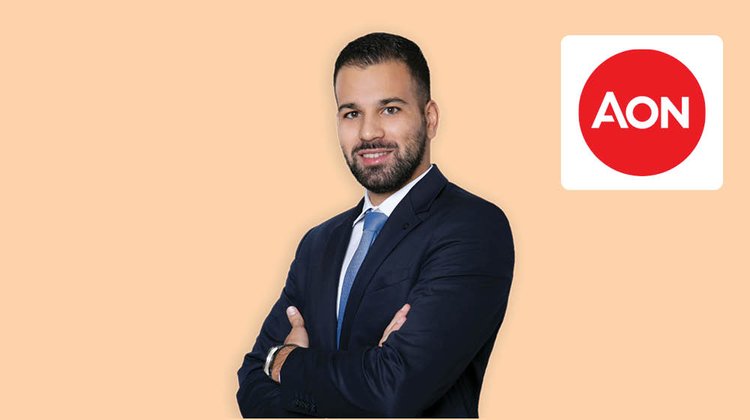A major development towards the end of 2022 was the clear peak in inflation around the world and the slowdown in monetary policy tightening by major central banks.
This is not to say, however, that the process of policy tightening is over quite yet and further rate hikes are still likely in the early months of this year. This is because inflation may remain uncomfortably high and it is possible that US economic growth may remain resilient with only a mild slowdown. Indeed, major central banks have reiterated their keen focus on bringing inflation down to target.
By the end of the last quarter of 2022, there were also signs that China was relaxing its tough COVID-19 policies and reopening its economy. An increase in its demand for key commodities will support its trading partners and emerging economies in general. We believe, nonetheless, that a global recession is likely at some point in the coming year, although it may be relatively shallow and short-lived. Extreme uncertainty due to the war in Ukraine is making predictions especially difficult, however.
Risky assets face a squeeze from both higher rates and recessionary trends. The problem for risky assets is that lower rates may only come once a recession is confirmed, which will be bad for corporate profitability. This suggests that pressure is unlikely to come off any time soon. Bonds are, therefore, much more likely to have relief from a confirmed recessionary trend in the US in 2023. Of course, if the US economy escapes recession, this may keep interest rates higher for longer, which is not that constructive for risky assets.
Our different thoughts on alternatives worked well in 2022 with real estate and commodity prices falling with the global downturn and alternatives less correlated with the economic cycle proving their worth. Diversifying hedge funds, especially macro hedge funds, performed well and they continue to perform a very important role in providing resilience to portfolios, alongside other diversifying alternatives.
Private markets, such as core and renewable infrastructure and direct lending to sectors, supported by strong secular trends such as green technology and digitalization, remain amongst our preferred asset classes. Defensive strategies that are less impacted by a global economic slowdown and strategies that provide some interest rate and inflation protection hold attractions as we expect inflation and market volatility to remain somewhat more elevated than in the recent past. The slow pace of valuing private assets means that market valuations appear to have held up better than public markets over the last year but investors should not be fooled into thinking that private investments are immune to an economic slowdown.
The currently challenging economic conditions provide opportunities for managers to make new private investments in secondary markets and their greater visibility and control over struggling investments provide some performance resilience. Commodities have long been considered a potential inflation hedge, mainly due to their positive performance during certain periods of high inflation.
This correlation is only weakly positive over a long-term horizon, and even though commodities have performed well in high inflation environments, the asset class exhibits a cyclical performance, so weak growth environments can undo the gains quite easily and have done so repeatedly. We believe that the asset class is better described as a hedge against unexpected inflation. The challenge now is to look for return generators with more independent drivers.
Most alternative asset classes, particularly in illiquid private markets (e.g. core and renewable infrastructure, direct lending) do have independent drivers but many investors will have liquidity or fee constraints which limit their use. In the liquid space, conservative hedge fund strategies will have low dependence on rising markets and some will directly benefit from rising volatility and greater market uncertainty.
Loucas Savva, CFA, Consultant, Aon
(This article first appeared in the February 2023 issue of GOLD magazine. Click here to view it.)

